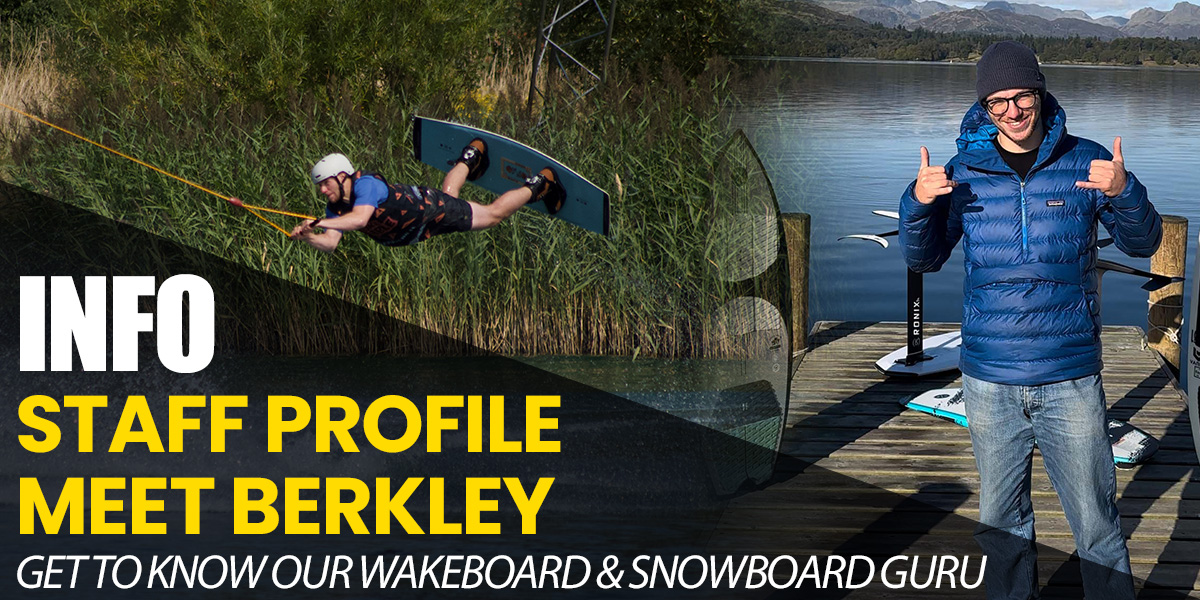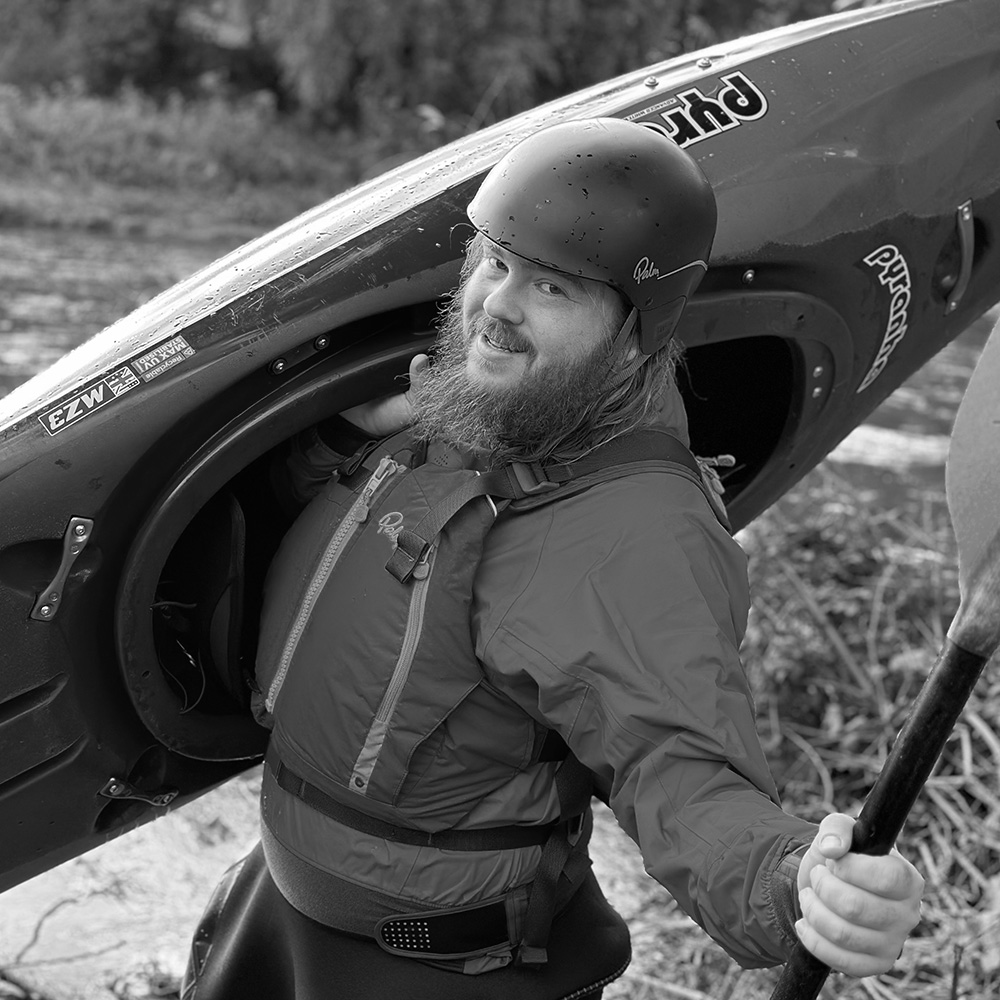Continuing from our debate around the merits of gloves for winter paddling, I wanted to provide some helpful information on all things footwear. Again, this is a popular discussion point in store and our recommendations are generally trying to balance five key factors:
- warmth
- Protection
- Ease of Entry
- Intended Use
- Price
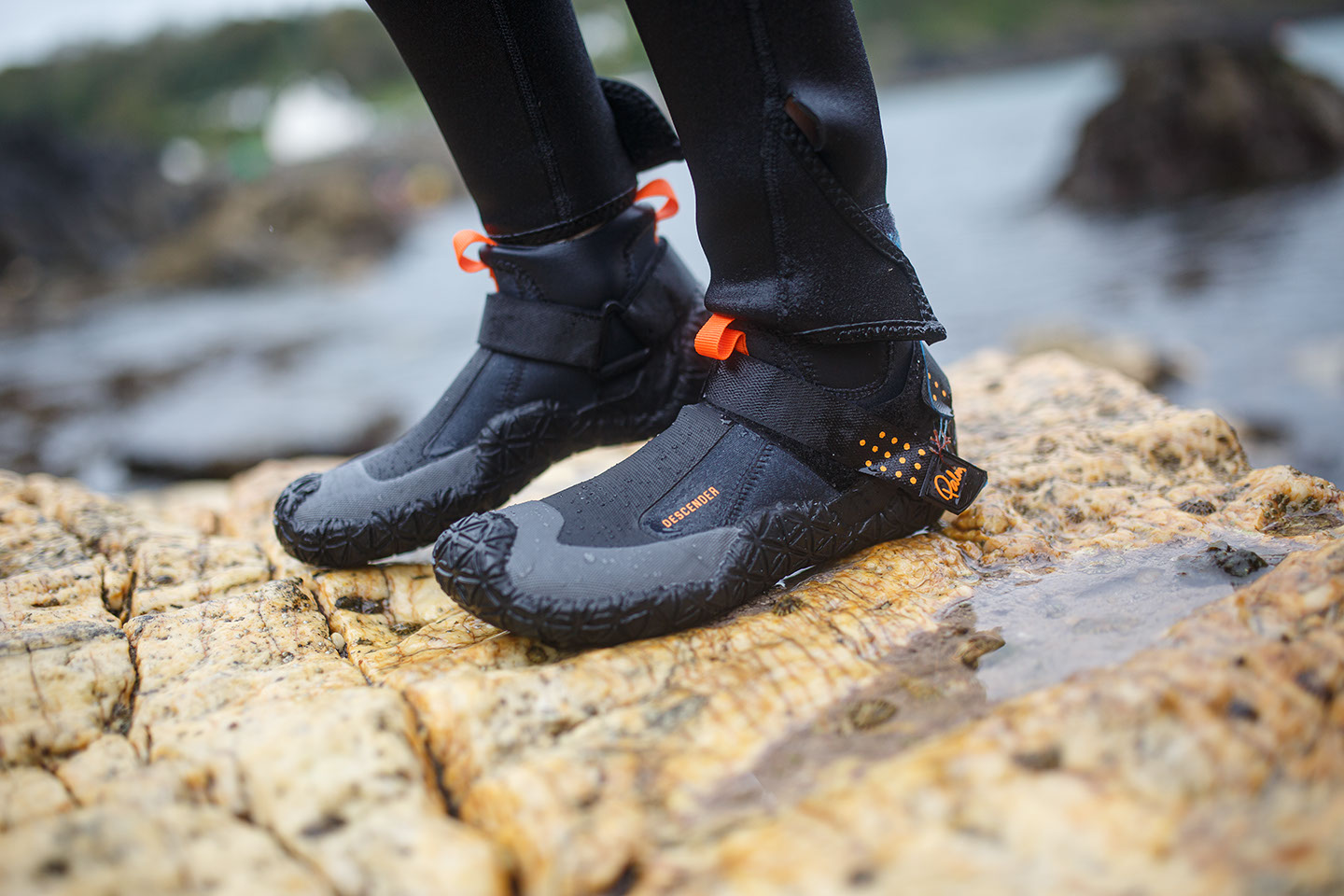
As with many of these questions, it can feel as if there is no simple answer. However, after reading this blog I hope you will be able to narrow down to a particular style, thickness and entry type. Let’s address each style in order of increasing protection.
Bare Foot
I’m certain we’d all love to paddle barefoot, enjoying warm temperatures and soft sandy beaches. However, the reality of paddling in the UK doesn’t quite match up with dream. As such bare foot paddling is generally limited to the peak of summer and at very select location. In all other scenarios we’d recommend you choose one of the footwear styles, finding the right balance of warmth and protection from rough ground to suit your intended use.
Neoprene Socks
Neoprene socks are the first level of defence, providing a little warmth and some protection. They can be a useful standalone option when paddling low volume boats that lack the room for a traditional shoe or boot. In this scenario it would be a good idea to choose a model with a printed or kelvar sole, improving their durability when walking over rough surfaces.
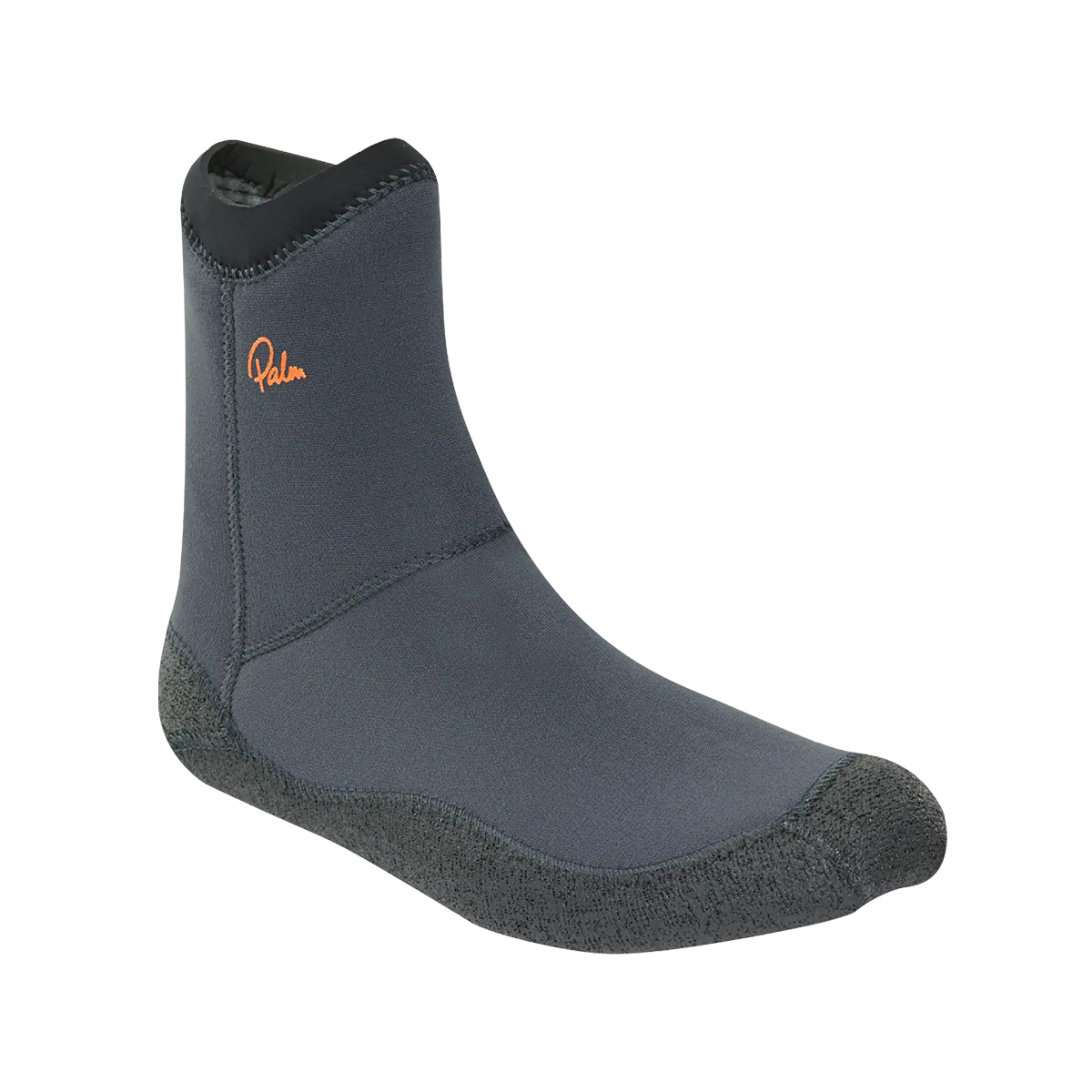
Neoprene shoes
Moving further up the range you enter the category of neoprene shoes. These will be ankle cut and have a rubber sole for improved protection when compared with a basic sock. The neoprene section is normally 2-3mm thick. It gives some warmth but wouldn’t suffice for winter use. The positive is this thin neoprene is super flexible. Combined with the low cut nature of these shoes means they are extremely easy to get on an off. If you were to ask for my advice it would be to choose a model of shoe with a securing strap across the top of your foot. This massively improves the security of the fit, so the shoe is less likely to roll or try to come off when swimming, or in turbulent water.
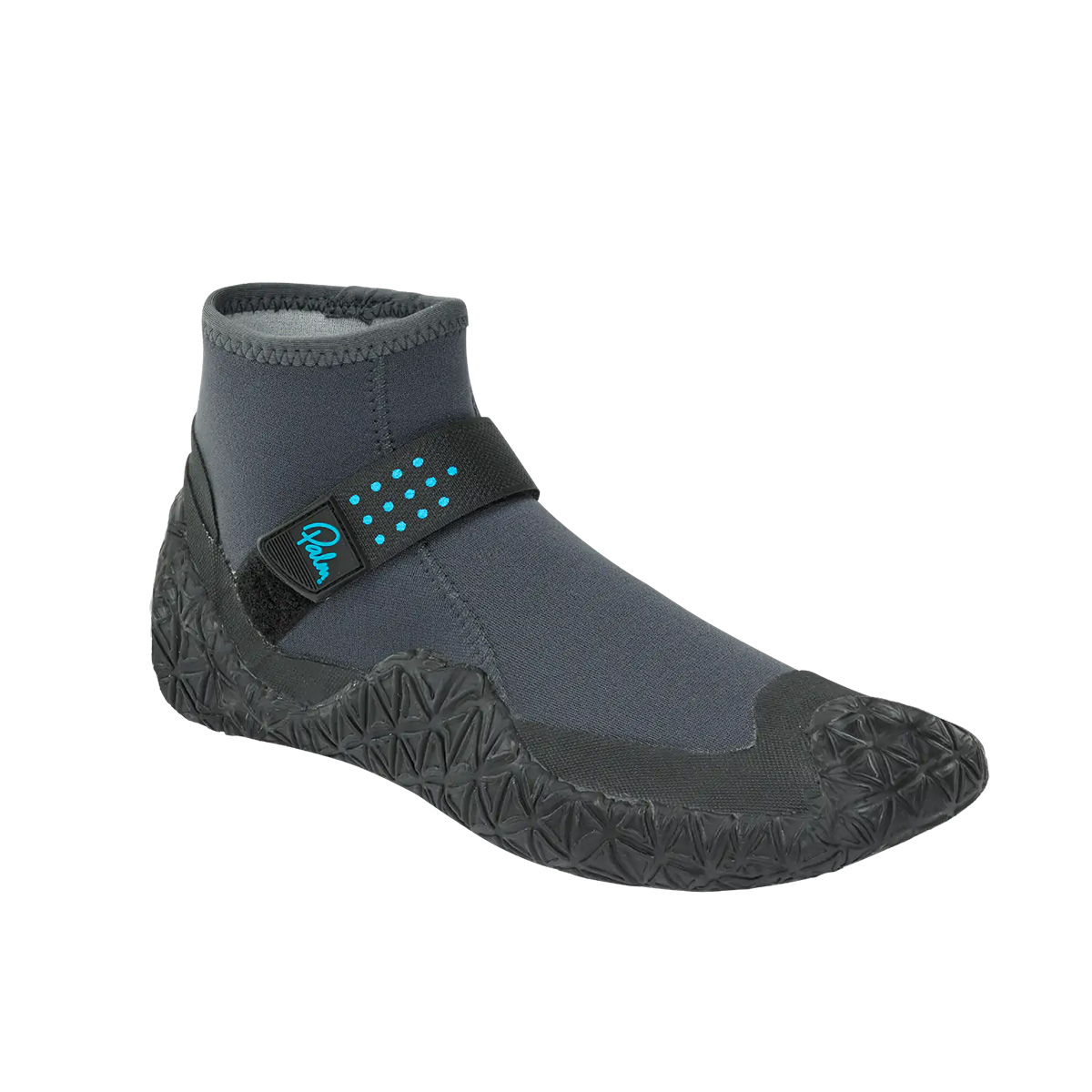
Neoprene boots
Neoprene boots offer much the same benefits as the aforementioned neoprene shoe but with two crucial differences. Firstly, the boot being much higher cut provides a much more secure fit, all well as additional warmth. This also means easier integration for those wearing a full length wetsuit. The downside is that this higher cut makes neoprene boots a little more difficult to get on and off. The answer might be to select a pair featuring a vertical zipper. Secondly, neoprene boots are generally made from thicker neoprene, from 3-7mm, and therefore they have far superior insulating qualities.
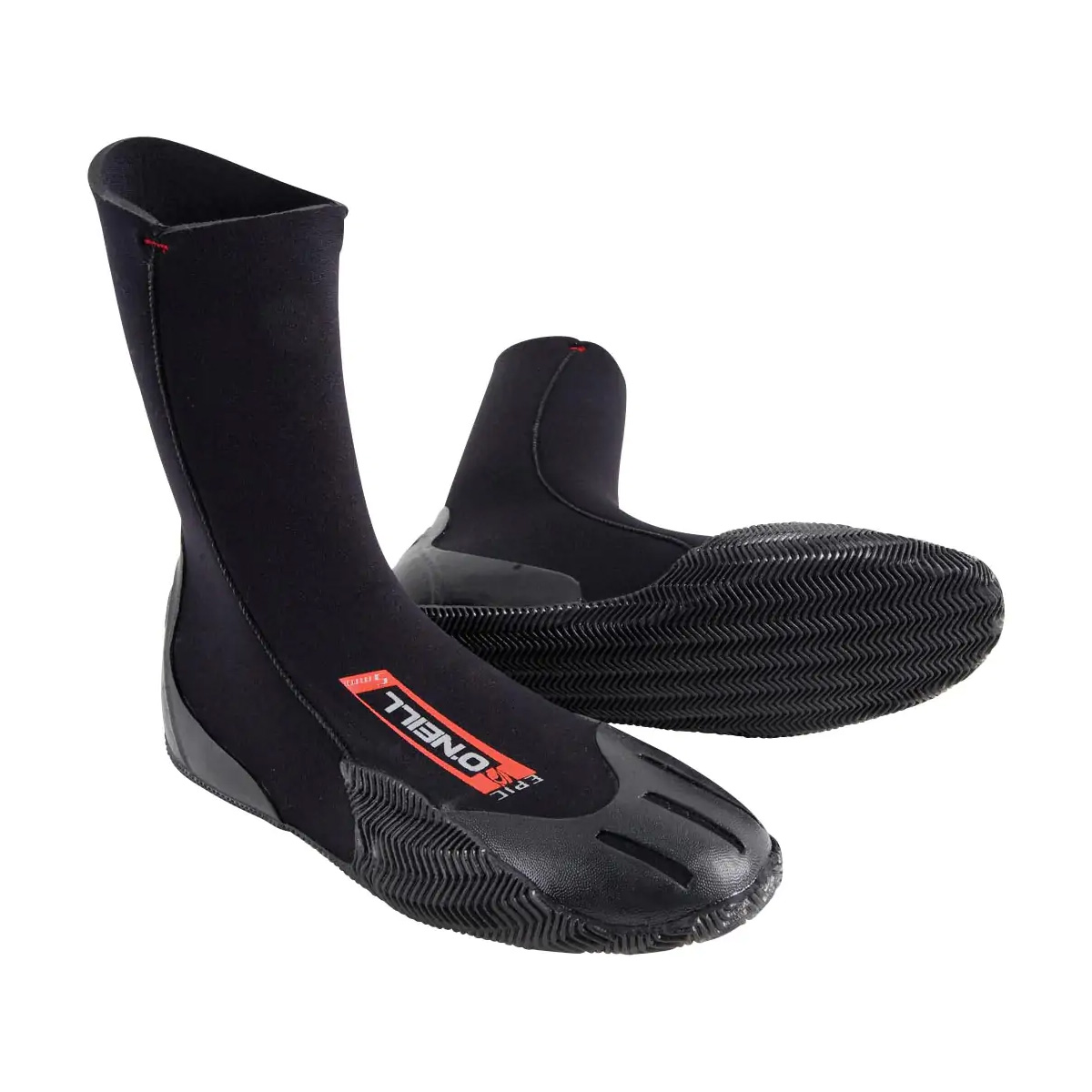
Water Specific Trainers
There is a temptation to use an old set of trainers for Paddlesports and when beginning your journey they might be acceptable. However, as a long term solution they lack the correct sole compounds to grip effectively, take too long to dry and will smell horrendous as a result. Standard trainers should not be confused with water specific version, with the Astral Brewer being arguably the most popular model of this style. This category have a fantastic sole for protection, produced using an appropriate compound for wet rock and mud. The sole is often laser cut, again boosting grip. The upper fabric will be quick draining and dry quickly. They are an amazing choice for a whole range of sports where you are looking for protection but not necessarily warmth, as fabric uppers don’t offer the same thermal insulation as neoprene. An added bonus is the potential to use them off the water.
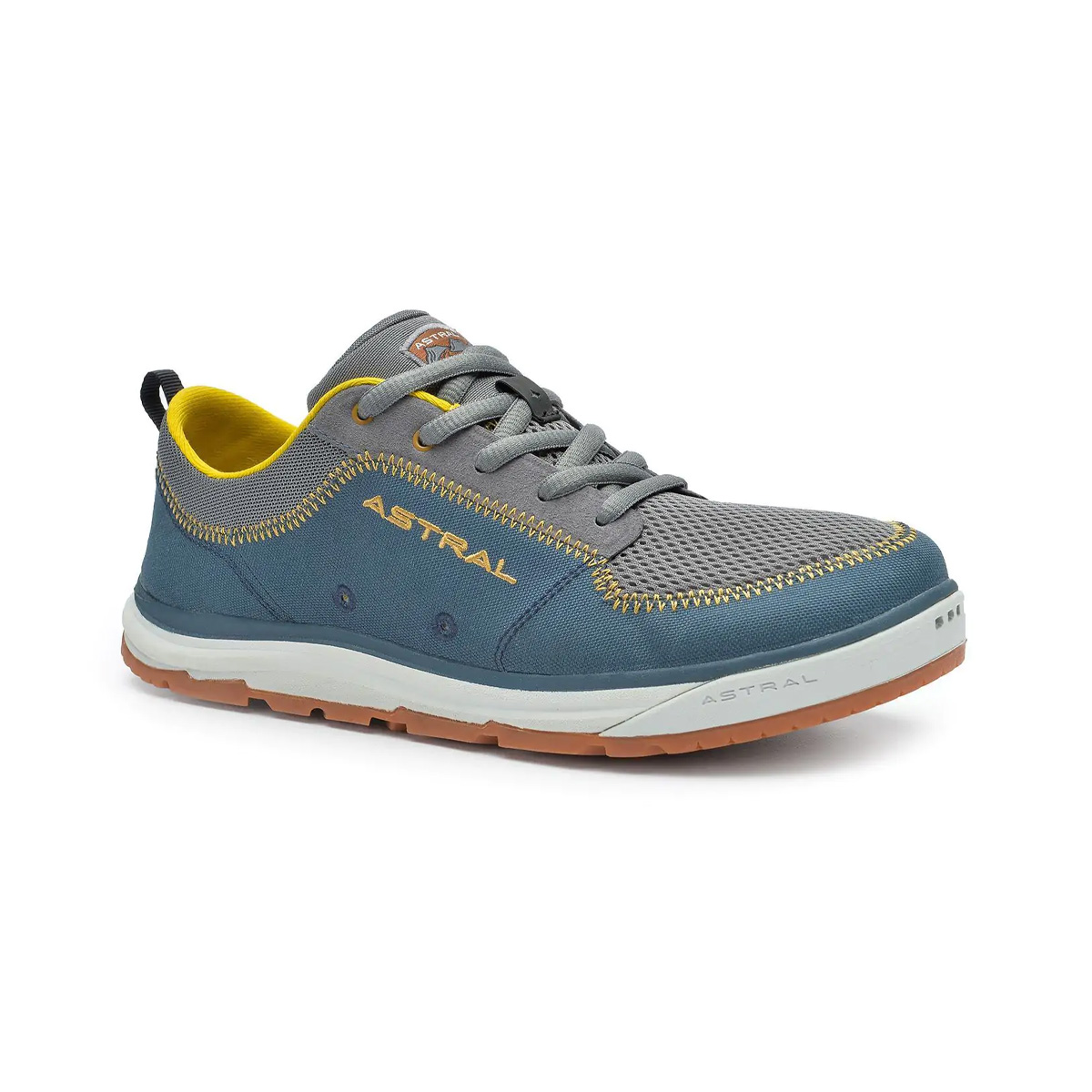
These are the hardest wearing, most supportive and highest grip option, a cross between a hiking boot and a water shoe. Similar to the water specific trainers, these are often self draining and fit more like a conventional shoe. Popular with white water paddlers, canoeists and raft guides, anyone who may have a long walk to the water, needs to portage and requires ankle support. Do keep in mind that these take up the most space in your boat, so it can be useful to test these in your kayak of choice. Boots of this style will likely see frequent use with a drysuit, so please consider whether you need to size up to factor in the additional layers.
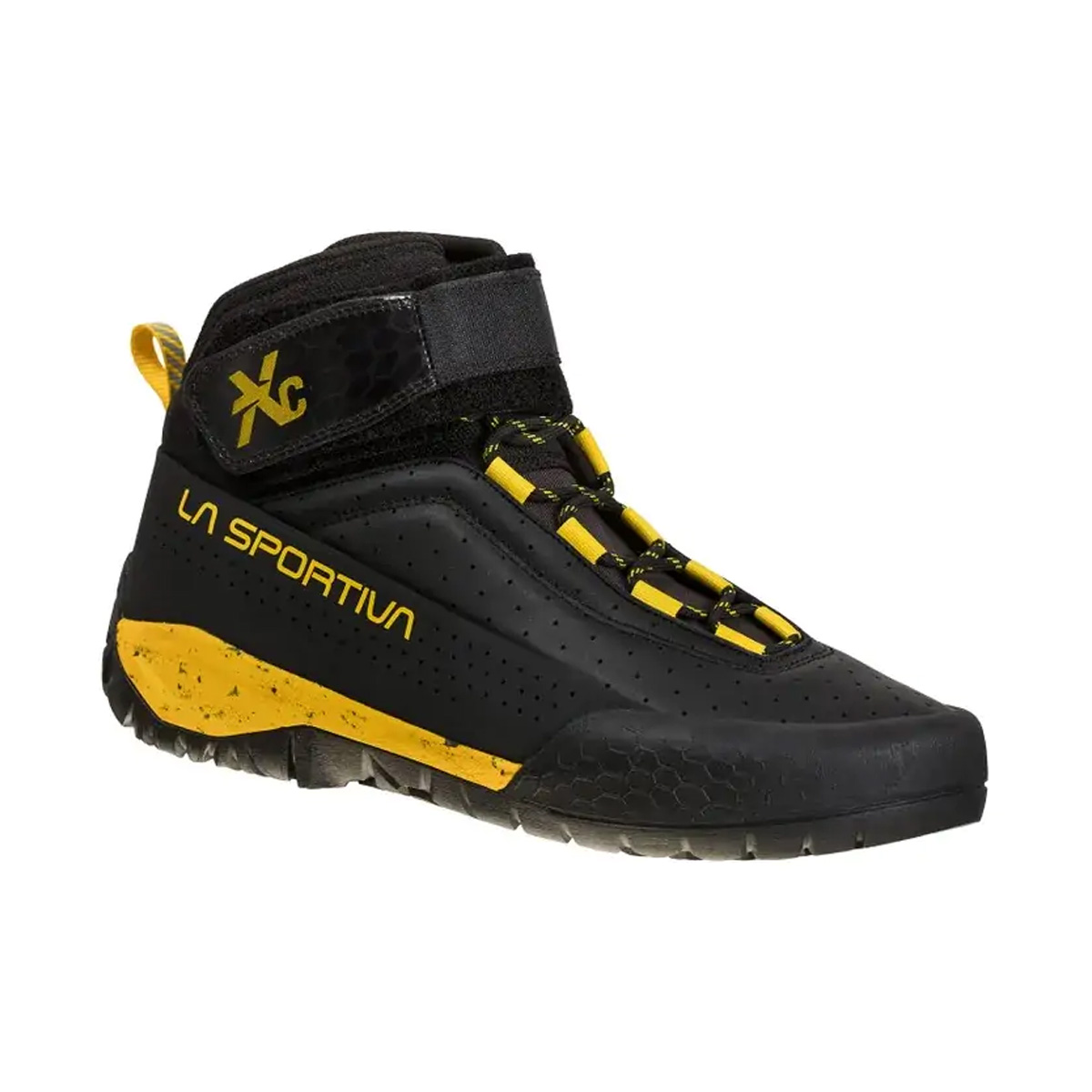
Please get in touch for additional help and advice.
Steve










